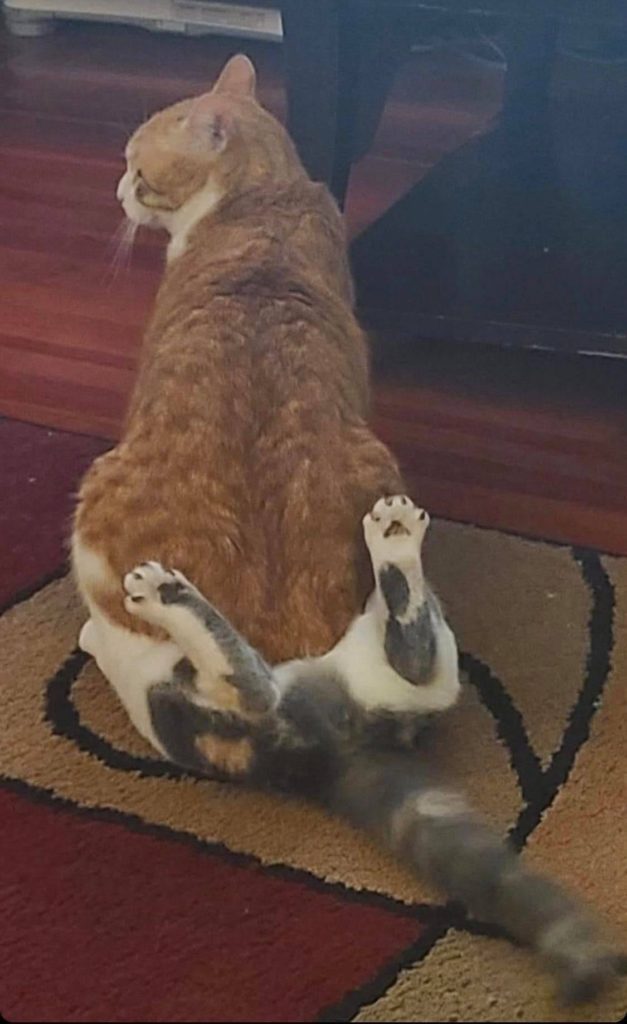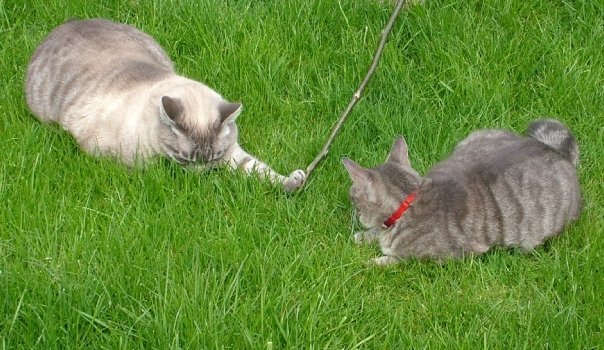As the late Gary Provost writes in the writing resource, Beyond Style, “Things shouldn’t just be in your stories; things should happen.” Yet writing must also contain information. How can you know how much information should accompany your happenings?
Writing Tip for Today: Let’s talk about how to write a good balance of action and info.
Set-ups
Your readers need certain bits of information to visualize a scene. We’ve talked before about these elements—recall there are about eleven of them. The most important of these elements are a Character, a setting and a time barrier. Scenes (action) come to life when we add in a Purpose, a Point of View and various Concrete Sensory Details.
How much of this set-up info is necessary? Most new writers give far too much information and not enough action. Descriptions are necessary to set the scene, but reader will always choose action over info. The only exception is when little to no info is presented before the action begins. With zero set-up, readers are confused.
To keep information from smothering the action, enter the three must-have elements (character, time and setting) as briefly as possible in the first sentence and then make the character do something. This will allow the character to pull the story forward without too many details (info) or too much author intrusion (those asides where writer inserts a clever or wise statement). Limit the amount of non-action in each scene to keep readers looking for the next action bit.
Pace
Your story pace is sometimes called the Rate of Revelation. That is, the happening parts unfold at a rate that excites but doesn’t confuse readers. Most new writers mistakenly believe they need more and more information surrounding the action to “explain” and help readers “get it.”
I often work with writing students who insert paragraphs of commentary between scene actions. These narrative blocks often are really attempts to “explain” the action, rephrase it or preview it. Let your scenic action stand by itself. As a mentor of mine used to say, “Just go straight at it.”

Just go straight at it.
If readers are bogged down in info, they often lose sight of the story. The pace slows to a crawl, frustrating readers who are always looking for what happens next. To remedy an info-heavy scene, identify each action spot—maybe highlight these spots in color. The remaining text will be the information you’ve written around the action. If you see few actions, your pace could use a pickup.
Proportion
If you’ve identified an imbalance between your scenic action and the info surrounding it, start by removing everything except the action. Add back in just enough info to clearly envision the scene. You may need to revise several times to achieve a proportion that feels as if the info does not impede the action.
The proportion of info to action should feel natural to the type of story (genre). A murder mystery or thriller will probably have a much faster pace than a literary story. No matter what genre, your story needs enough info to prevent confusion, but a fast enough pace of action to prevent frustration.
There is no magic formula, but you can learn a better rhythm of these proportions by reading widely and then practicing with your own work. It may look like Info. Action, Action, Action, Info, or something else entirely, but strive for more action than info. Learning to balance info vs. action will help your writing advance, so that your readers can hear you saying, “this happened and then this happened and then this happened and then . . .”





